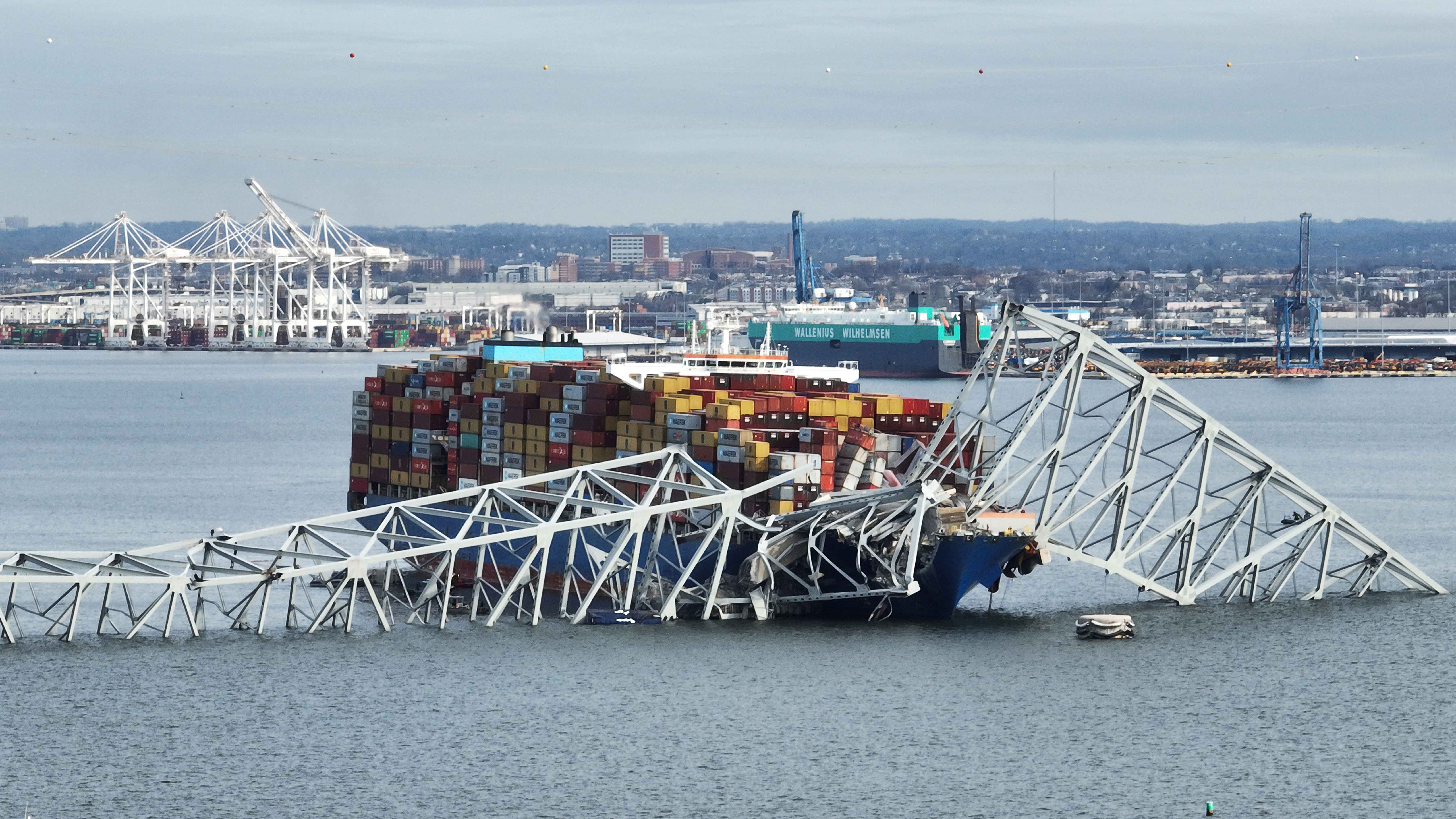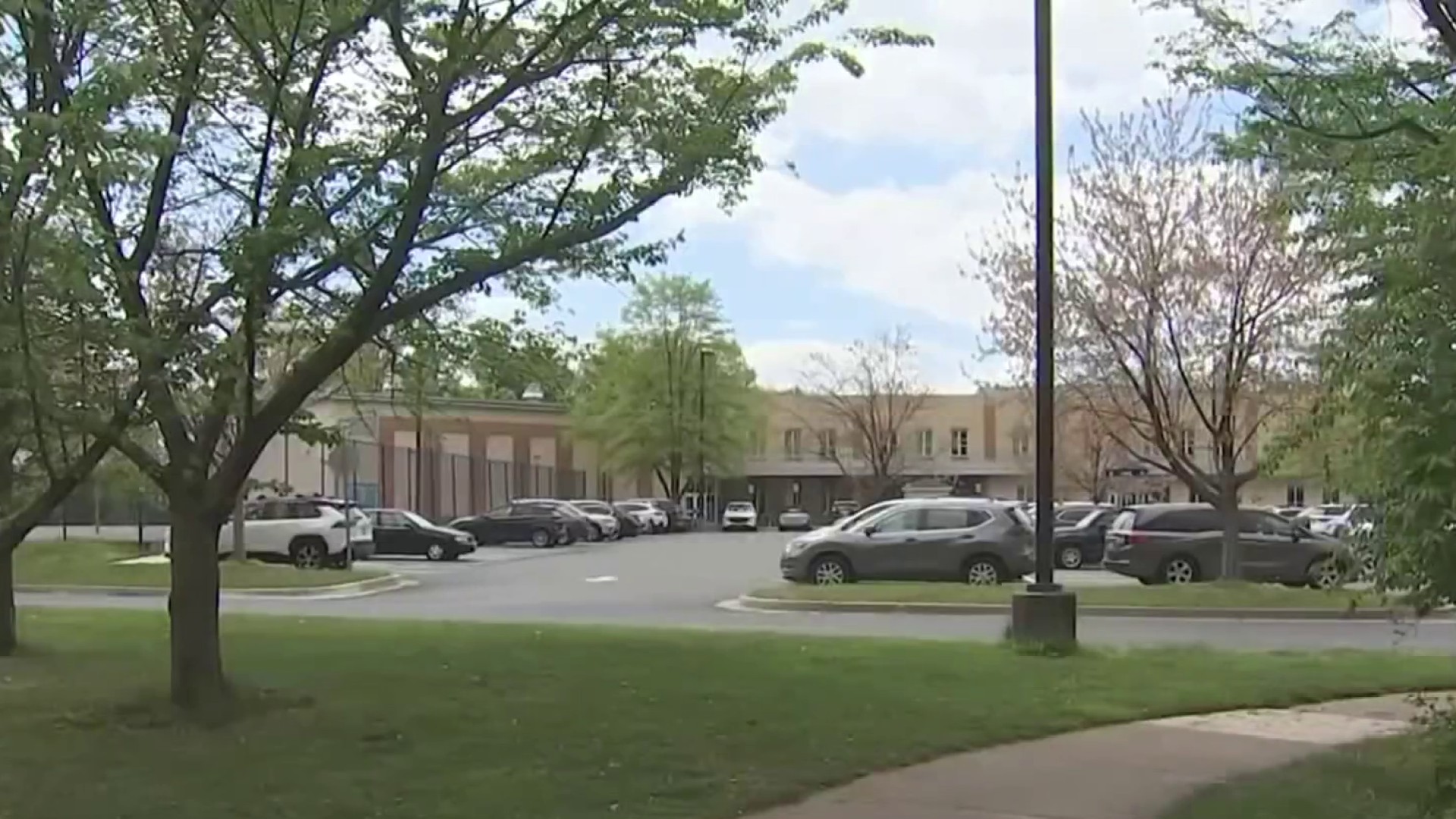What to Know
- During a recent incident at the Farragut North station, a Metro train sat for over a half hour as communications broke down on a train.
- The communication cables carry the frequency, which allows metro trains and operators to communicate about issues or incidents.
- Metro said it is replacing 200 miles of radio cable, which will cover the entire underground system.
Many of Metro's communication cables that provide a critical link between trains and the transit agency's central control center are rusted, poorly maintained and not functioning properly, according to employees with direct knowledge of the system.
Employees said there are many occasions where trains turn into "ghost" trains and essentially lose all communication while in underground sections of the system.
"There's so much stuff that is bad with the radio system. From the engineering to the maintenance part, which was never actually done properly," a Metro source said.
If train operators cannot effectively communicate with central control, then, in many cases, they can't move through sections of the system. They also can't communicate during an emergency.
During a recent incident at the Farragut North station, a Metro train sat for over a half hour as communications broke down on a train. In addition to a faulty radio onboard the train, problems with the communication cables are said to have played a part in talking with the train.
"The conductor literally said to us, ‘I've lost full communication. If you have any cellphone service down here, try and use it, and call someone above ground,’" said Metro rider Tom Lynch, who was on the stuck train. "I mean, there's nothing more unsettling than being on a train underground, a packed train with no air conditioning, and then the conductor comes in and looks just as clueless as you.”
Local
Washington, D.C., Maryland and Virginia local news, events and information
The lack of communication in that incident became such an issue that two riders decided to self-evacuate from the train onto the tracks.
Recent pictures taken from within the Metro system showed water that leaked onto cables, causing rust, cables that are frayed and busted apart and other cables that have actually been routed through water pipes, which, in turn, damaged the cables.
"The Red Line is the worst," said an employee who works directly on the cables.
The communication cables carry the frequency, which allows metro trains and operators to communicate about issues or incidents. A Metro employee said all of the wear and tear on the cables creates stress that cuts down on the effectiveness of the overall communication.
"It creates a lot of what we call noise. The signals aren't clear," said a source. "It then is sort of like running your car engine at a max rpms at all times."
A Metro rail supervisor, who spoke on the condition of anonymity, said it is a widely known problem within the Metro community. Fixing the problem doesn't seem to be an urgent concern.
"It's a scary thing when all you have is a radio for communication, and it won't work," the rail supervisor said.
Metro said it is replacing 200 miles of radio cable, which will cover the entire underground system. Employees said there has been improvement in certain areas. For instance, between the Rosslyn and Foggy Bottom stations, communication is said to have improved dramatically.
"Metro constantly monitors radio communications throughout the system, including bi-weekly testing of the radio system, radio checks and spectrum analysis of the signal strength," said Metro spokesperson Sherri Ly. "Areas where poor radio communications are reported are prioritized and addressed."
Metro said if an operator encounters a communications issue, they can use emergency boxes, located every 600 feet in the tunnels, which have a working phone with a hard-line telephone to the Rail Control Center. But for some, the speed of the fixes doesn't seem to be coming fast enough.
"It's frustrating when I tell Metro what needs to be done next, and three or four months later, it still isn't addressed," said a source.



